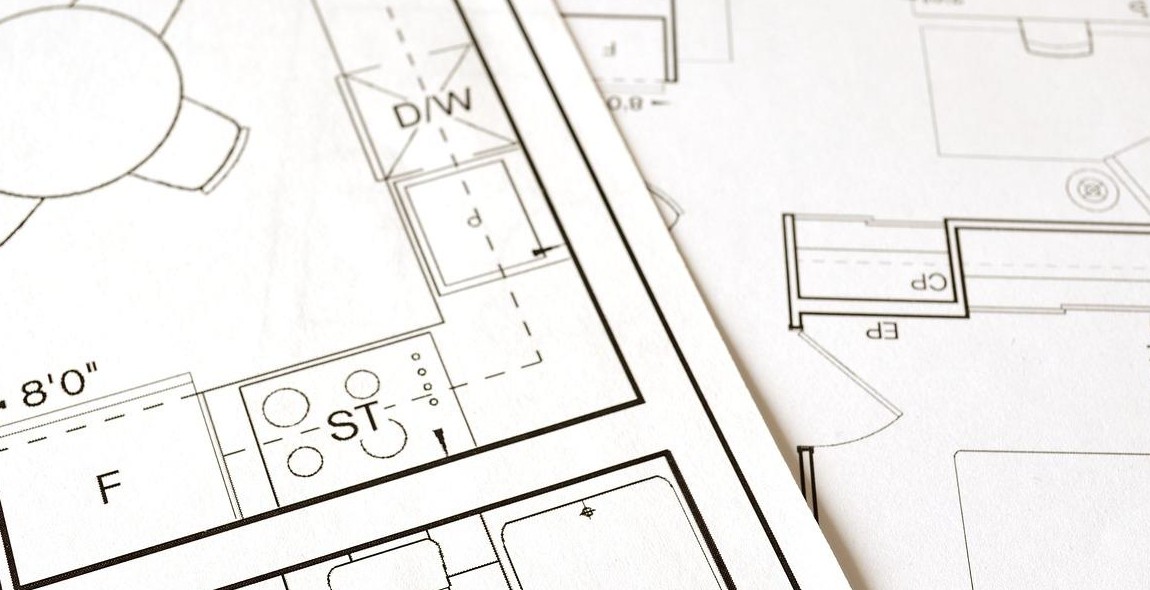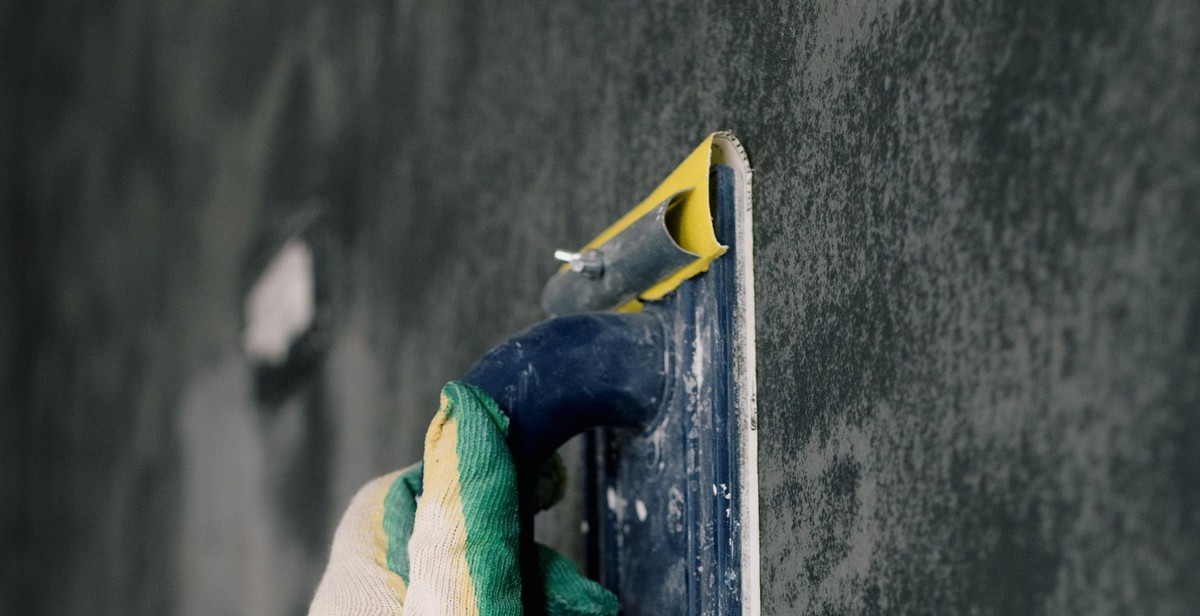How to Plan and Execute a Successful DIY Home Renovation
Are you considering a home renovation but feeling overwhelmed by the cost of hiring a professional contractor? DIY home renovation is a great idea that can save you money and give you the satisfaction of completing a project on your own. With careful planning and execution, you can successfully transform your home into your dream space.
Why DIY Home Renovation is a Great Idea
DIY home renovation allows you to take control of your project and make decisions that align with your personal style and budget. You can also work at your own pace and avoid the stress of coordinating with a contractor’s schedule. Additionally, it can be a rewarding experience that can increase your confidence and skills in home improvement.
Benefits of DIY Home Renovation
- Saves money on labor costs
- Allows for greater control over the project
- Increases personal satisfaction and sense of accomplishment
- Can improve your home’s value and marketability
- Provides an opportunity to learn new skills
However, it’s important to approach a DIY home renovation with caution and careful planning. Without proper research and preparation, it can lead to costly mistakes and even safety hazards. In the following sections, we will guide you through the steps of planning and executing a successful DIY home renovation.

Planning Your DIY Home Renovation
Renovating your home can be an exciting and rewarding project, but it requires careful planning and execution to ensure success. Whether you’re updating your kitchen, remodeling your bathroom, or adding a new room, the following tips will help you plan and execute your DIY home renovation project with ease.
Setting a Budget
Before you start any renovation project, it’s essential to set a budget. Assess your finances and determine how much you can afford to spend on the project. Be realistic about your budget and avoid overspending, as this can lead to financial stress and delays in completing the project.
When setting your budget, consider all the expenses involved, including materials, labor, permits, and any unexpected costs that may arise. It’s also a good idea to add a contingency fund of 10-20% to your budget to cover any unforeseen expenses.
Creating a Timeline
Once you have set your budget, the next step is to create a timeline for your project. This will help you stay on track and ensure that the renovation is completed on time. Start by breaking down the project into smaller tasks and estimating the time required to complete each task.
Consider any external factors that may affect the timeline, such as weather conditions, availability of materials, and any other commitments you may have. Be realistic about the time required to complete the project and avoid rushing through tasks, as this can lead to mistakes and compromise the quality of the renovation.
Choosing the Right Project
Choosing the right project is crucial to the success of your DIY home renovation. Consider your skills, experience, and the resources available, such as tools and equipment. It’s essential to choose a project that you can handle and complete successfully.
Start by assessing your home and identifying areas that require renovation. Consider your goals and priorities, such as improving functionality, increasing energy efficiency, or enhancing the aesthetic appeal of your home. Choose a project that aligns with your goals and budget.
Before you start any renovation project, it’s essential to have a clear plan in place. Setting a budget, creating a timeline, and choosing the right project are key steps in planning your DIY home renovation project. With careful planning and execution, you can transform your home and create a space that meets your needs and reflects your style.
Executing Your DIY Home Renovation
Now that you have done all the necessary planning for your DIY home renovation, it’s time to start executing your plan. This section will guide you through the essential steps to follow to ensure a successful DIY renovation.
Gathering Necessary Tools and Materials
Before you start your renovation, make sure you have all the necessary tools and materials. This includes everything from hammers, saws, and drills to paint, flooring, and tiles. Create a list of all the items you need, and make sure you have them on hand before you start your project. This will help ensure that you don’t have to stop in the middle of your renovation to go buy something you forgot.
Preparing the Work Area
Before you start working, make sure you prepare the work area properly. Remove all furniture and other items from the area, and cover any surfaces that you don’t want to get dirty or damaged. This will help keep your work area clean and safe. Additionally, make sure you have good lighting and ventilation in the area you’ll be working in.
Following Safety Precautions
DIY home renovations can be dangerous if you don’t take the proper safety precautions. Make sure you wear safety goggles, gloves, and a mask if needed. Additionally, make sure you follow all safety guidelines for any tools or equipment you’re using. If you’re unsure about how to use a tool or piece of equipment, consult the instruction manual or seek advice from a professional.
Getting Help When Needed
DIY home renovations can be challenging, and sometimes you may need help. Don’t be afraid to ask for assistance from friends, family, or professionals. If you’re not comfortable doing a certain task, it’s better to ask for help than to risk making a mistake that could cost you time and money in the long run.
By following these essential steps, you can ensure a successful DIY home renovation. Remember to take your time, be patient, and don’t be afraid to ask for help when needed.
Common DIY Home Renovation Mistakes to Avoid
Renovating your home can be a rewarding and exciting experience. However, it can quickly turn into a nightmare if you make common DIY home renovation mistakes. Here are some of the most common pitfalls to avoid:
Underestimating the Time and Cost Involved
One of the most common mistakes people make when renovating their homes is underestimating the time and cost involved. Renovations can take longer than expected and can quickly become expensive. Make sure you budget enough time and money for your project and consider unexpected expenses that may arise.
Not Following Code and Regulations
Another common mistake is not following code and regulations. Depending on your location, there may be specific codes and regulations you need to follow when renovating your home, such as obtaining permits or meeting certain safety standards. Failure to follow these regulations can result in fines or even legal action.
Taking on Projects Beyond Your Skill Level
It’s important to be honest with yourself about your DIY skills. Taking on projects beyond your skill level can lead to costly mistakes and even cause damage to your home. If you’re not comfortable with a particular project, it’s best to hire a professional to do the job.
Skipping Important Steps or Preparation
Skipping important steps or preparation is another common mistake that can lead to problems down the line. For example, not properly preparing surfaces before painting can result in a poor finish or peeling paint. Make sure you follow all the necessary steps and prepare properly before beginning any project.
Conclusion
By avoiding these common DIY home renovation mistakes, you can ensure a successful project that improves your home and adds value to your property. Remember to plan ahead, follow regulations, stay within your skill level, and prepare properly for each project.

Conclusion
Renovating your home can be an exciting and fulfilling project that can add value to your property and improve your quality of life. However, it can also be overwhelming and stressful if you don’t plan and execute it properly.
Before you start your DIY home renovation, make sure you have a clear vision of what you want to achieve, a realistic budget, and a detailed plan that includes a timeline, a list of materials and tools, and a contingency plan for unexpected issues.
During the renovation process, stay organized, communicate effectively with your team (if you have one), and prioritize safety and quality over speed and cost-cutting.
After the renovation is completed, take the time to inspect and test everything, clean up thoroughly, and celebrate your accomplishment with your family and friends.
Remember that a successful DIY home renovation requires patience, perseverance, and a willingness to learn from your mistakes and adapt to changing circumstances. Don’t hesitate to ask for help or advice from professionals or online communities if you need it.
With the right mindset, tools, and skills, you can transform your home into a beautiful and functional space that reflects your personality and enhances your lifestyle.
| Key Takeaways: |
| 1. Have a clear vision, budget, and plan before starting your DIY home renovation. |
| 2. Stay organized, communicate effectively, and prioritize safety and quality during the renovation process. |
| 3. Inspect, test, and clean up thoroughly after the renovation is completed. |
| 4. Be patient, persevere, and learn from your mistakes and challenges. |
